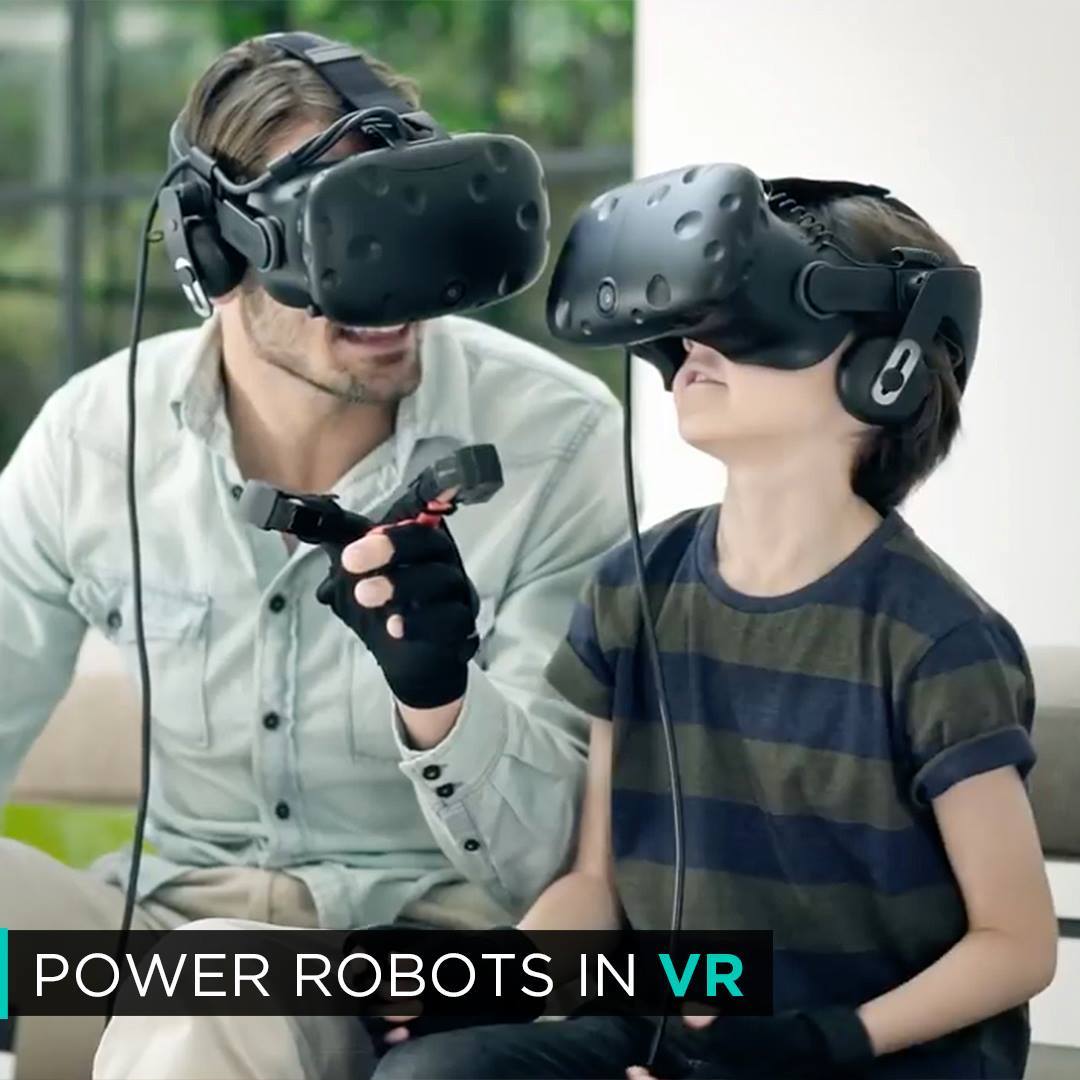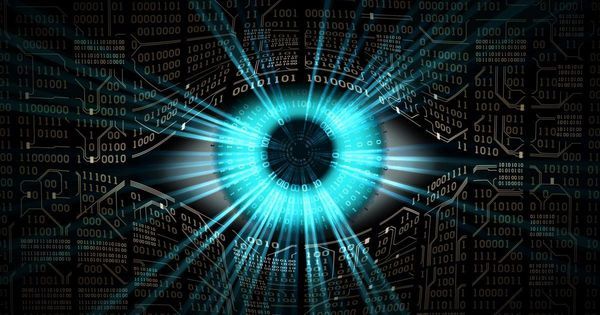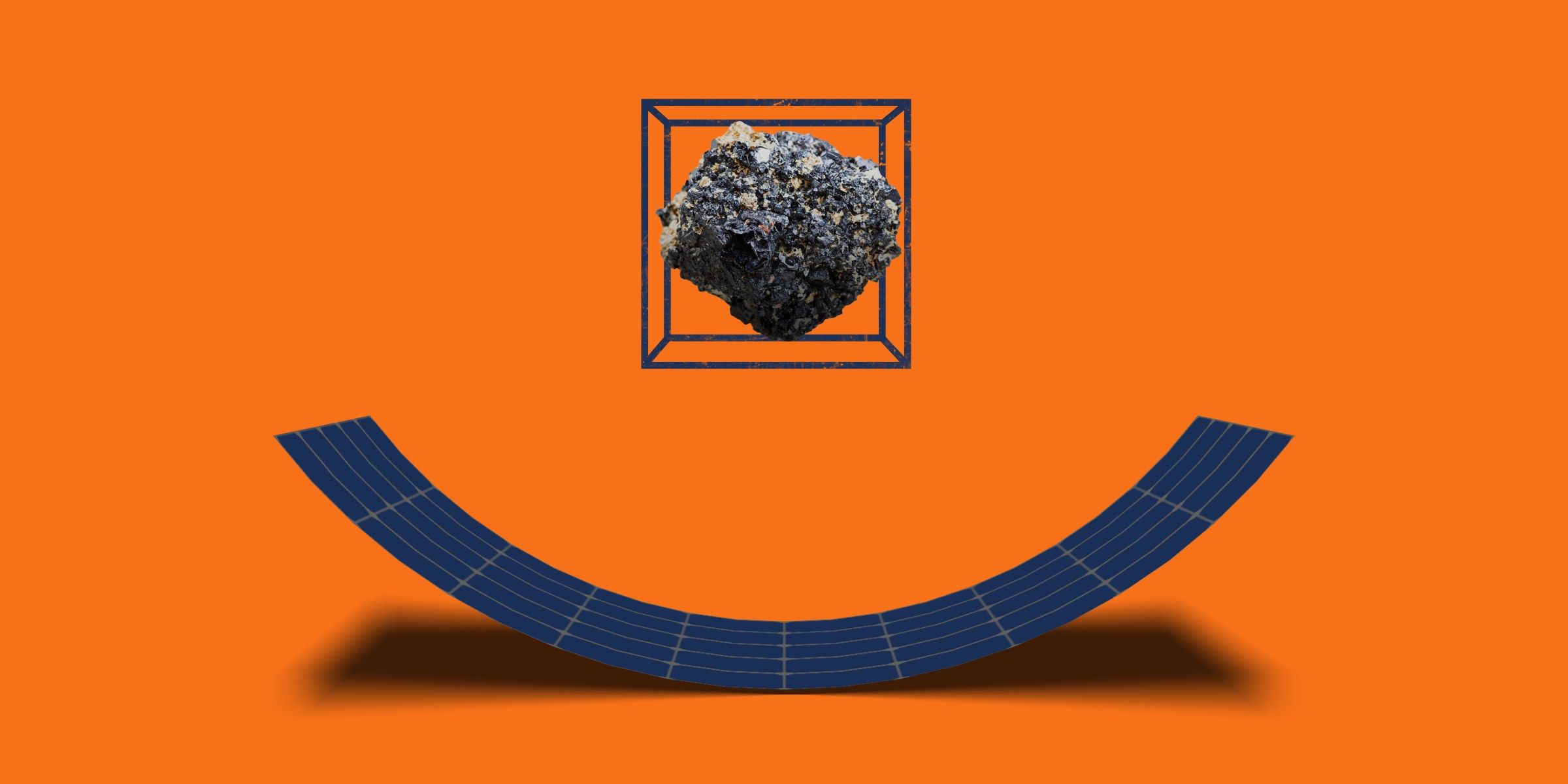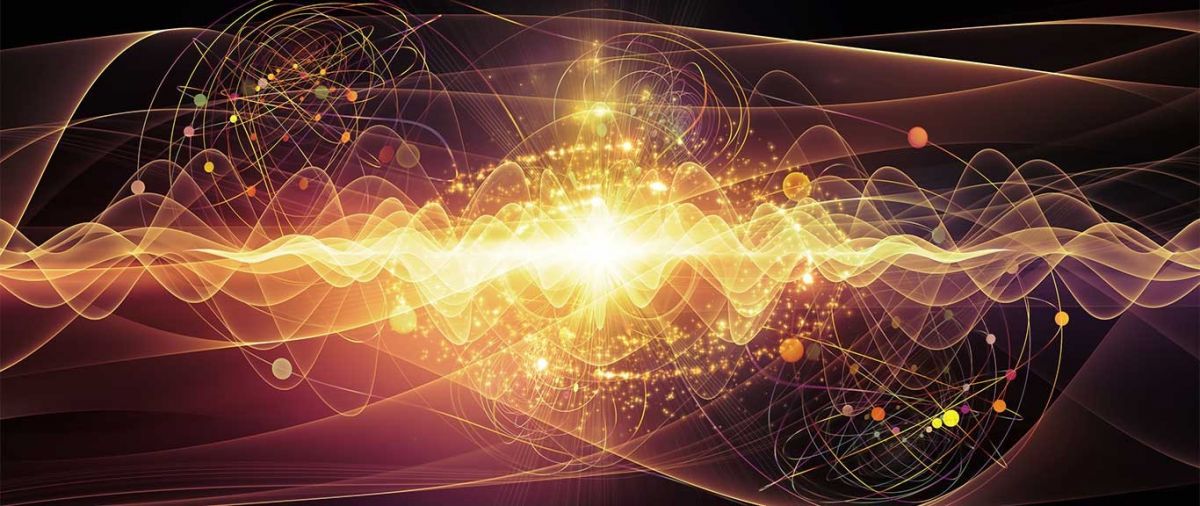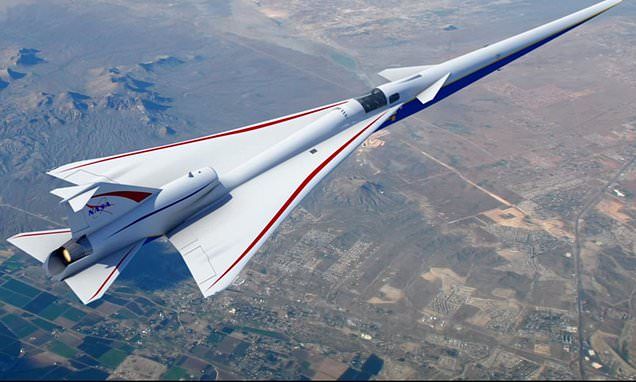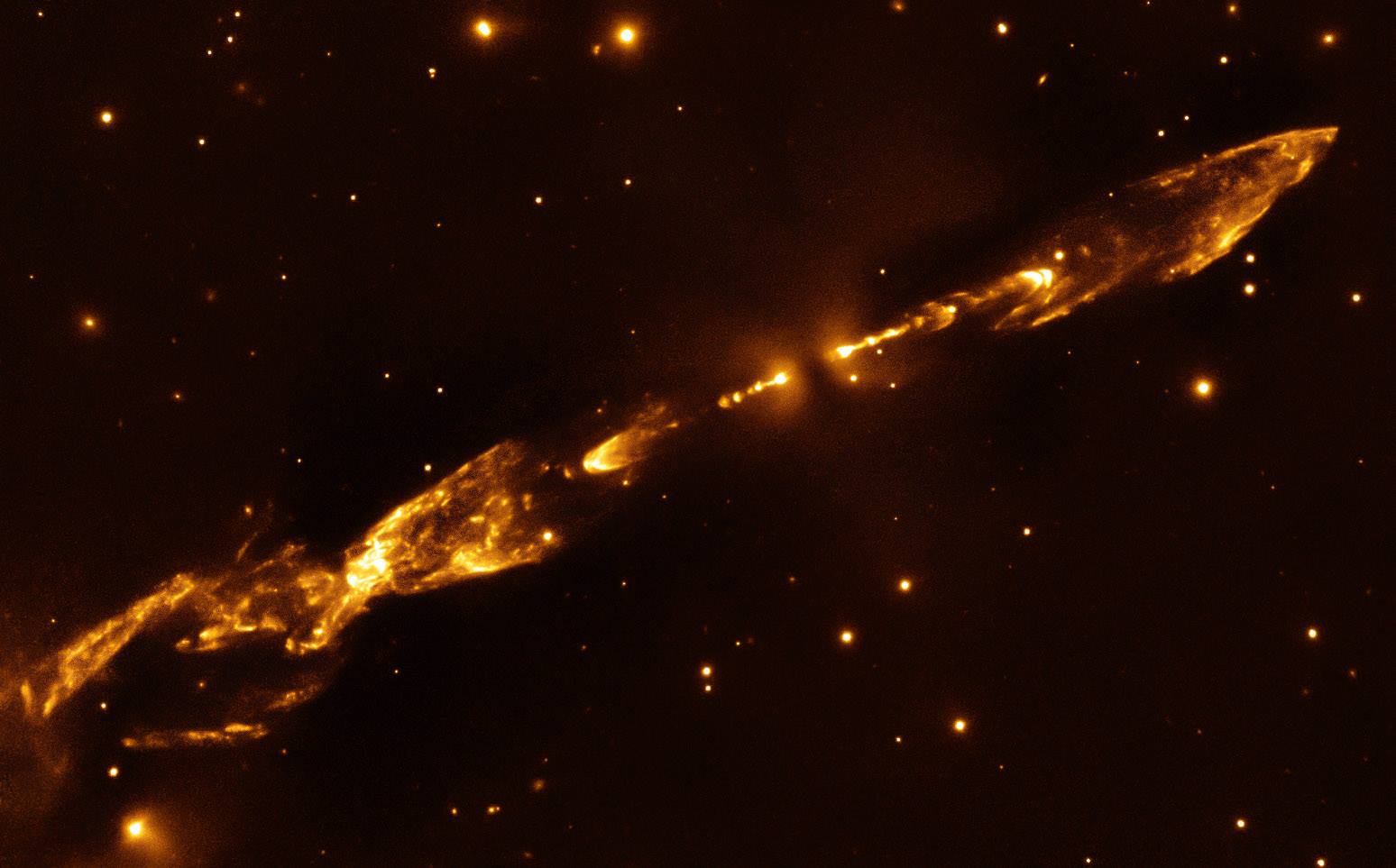Page 9357
Nov 19, 2018
Robot VR Experience
Posted by Shailesh Prasad in categories: robotics/AI, virtual reality
Nov 19, 2018
Is Artificial Intelligence Dangerous? 6 AI Risks Everyone Should Know About
Posted by Genevieve Klien in categories: robotics/AI, transportation
Misalignment between our goals and the machine’s
Part of what humans value in AI-powered machines is their efficiency and effectiveness. But, if we aren’t clear with the goals we set for AI machines, it could be dangerous if a machine isn’t armed with the same goals we have. For example, a command to “Get me to the airport as quickly as possible” might have dire consequences. Without specifying that the rules of the road must be respected because we value human life, a machine could quite effectively accomplish its goal of getting you to the airport as quickly as possible and do literally what you asked, but leave behind a trail of accidents.
Discrimination.
Continue reading “Is Artificial Intelligence Dangerous? 6 AI Risks Everyone Should Know About” »
Nov 19, 2018
Thin, Flexible New Solar Cells Could Soon Line Your Shirt
Posted by Genevieve Klien in categories: solar power, sustainability, transportation
A new kind of solar cell called a perovskite is improving rapidly, bringing the prospect of solar-powered vehicles, clothing, and windows closer to reality.
Nov 19, 2018
Scientists Just Proved A Fundamental Quantum Physics Problem is Unsolvable
Posted by Genevieve Klien in categories: particle physics, quantum physics
Scientists have proven for the very first time that one of the most fundamental problems of particle and quantum physics is mathematically unsolvable.
In short, they show that regardless of how no matter how perfectly we can mathematically describe a material on the microscopic level, we are never going to be able to predict its macroscopic behavior. Never.
The work was published in Nature.
Nov 19, 2018
New VR simulation lets you explore supermassive black hole
Posted by Xavier Rosseel in categories: cosmology, virtual reality
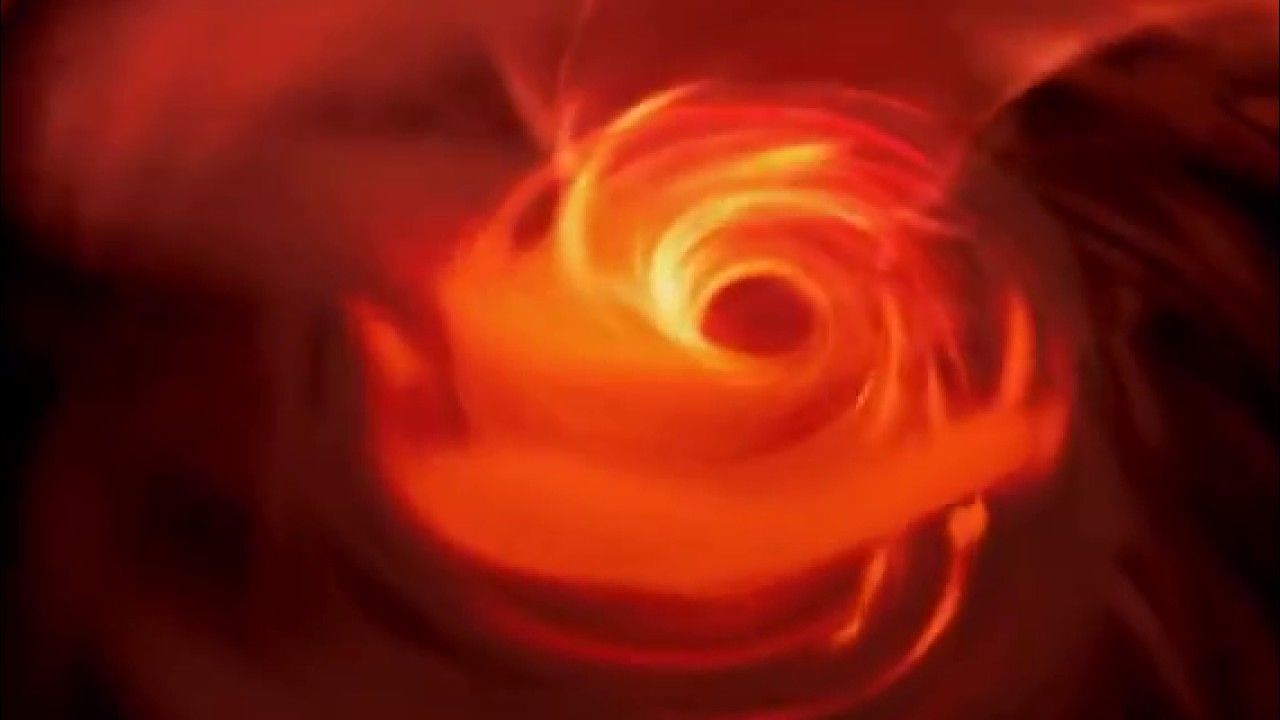
For the first ever time, scientists have created a virtual reality (VR) simulation of Sagittarius A*- the black hole at the center of our galaxy. The simulation allows helps viewers to better visualize the phenomenon and study the black holes as well.
With the aim of creating a VR simulation of Sagittarius A*, scientists at Radboud University, The Netherlands and Goethe University, Germany come together and used an astrophysical model of Sagittarius A*. Through this model, they were able to capture an image series that then put together to create a 360-degree virtual reality simulation of the black hole.
Continue reading “New VR simulation lets you explore supermassive black hole” »
Nov 19, 2018
Lockheed Martin begins building ‘son of Concorde’ supersonic plane
Posted by Michael Lance in category: transportation
Nov 19, 2018
Star Trek–like Tech Seals Wounds With a Laser
Posted by Nancie Hunter in categories: biotech/medical, materials
On Star Trek: The Next Generation, Commander Riker had an impressive ability to receive head wounds. Luckily for him, Dr. Crusher could whip out the “dermal regenerator,” a handheld sci-fi tool that healed skin wounds with a colorful laser.
In early tests, this laser-activated silk and gold material held wounds together better than stitches or glue.
Nov 19, 2018
Transhumanism Becoming the ‘Relentless Drumbeat’ Shaping Our Future – Advocate
Posted by Derick Lee in categories: bioengineering, cryptocurrencies, economics, geopolitics, security, surveillance, transhumanism
Following recent trends in state-of-the-art developments, from cryptocurrencies and universal basic income to biohacking and the surveillance state, transhumanism has been moved into the limelight of political discourse to reshape humanity’s future.
Andrew Vladimirov, Information security specialist, biohacker and one of the original members of the Transhumanist Party UK, spoke in-depth with Sputnik about the rise of transhumanism and its implications.
As a cloud of gas collapses in on itself, swirling material shoots outward in opposite directions. These jets can travel hundreds of miles per second and spread light-years of space. And although jets are tell-tale signs of star formation, they are not fully understood. NASA’s James Webb Space Telescope will not only enable us to see through the dusty shroud that usually hides star birth, but to dissect the interactions between jets and the surrounding medium of gas and dust. Take a closer look: https://go.nasa.gov/2FDfJmy

